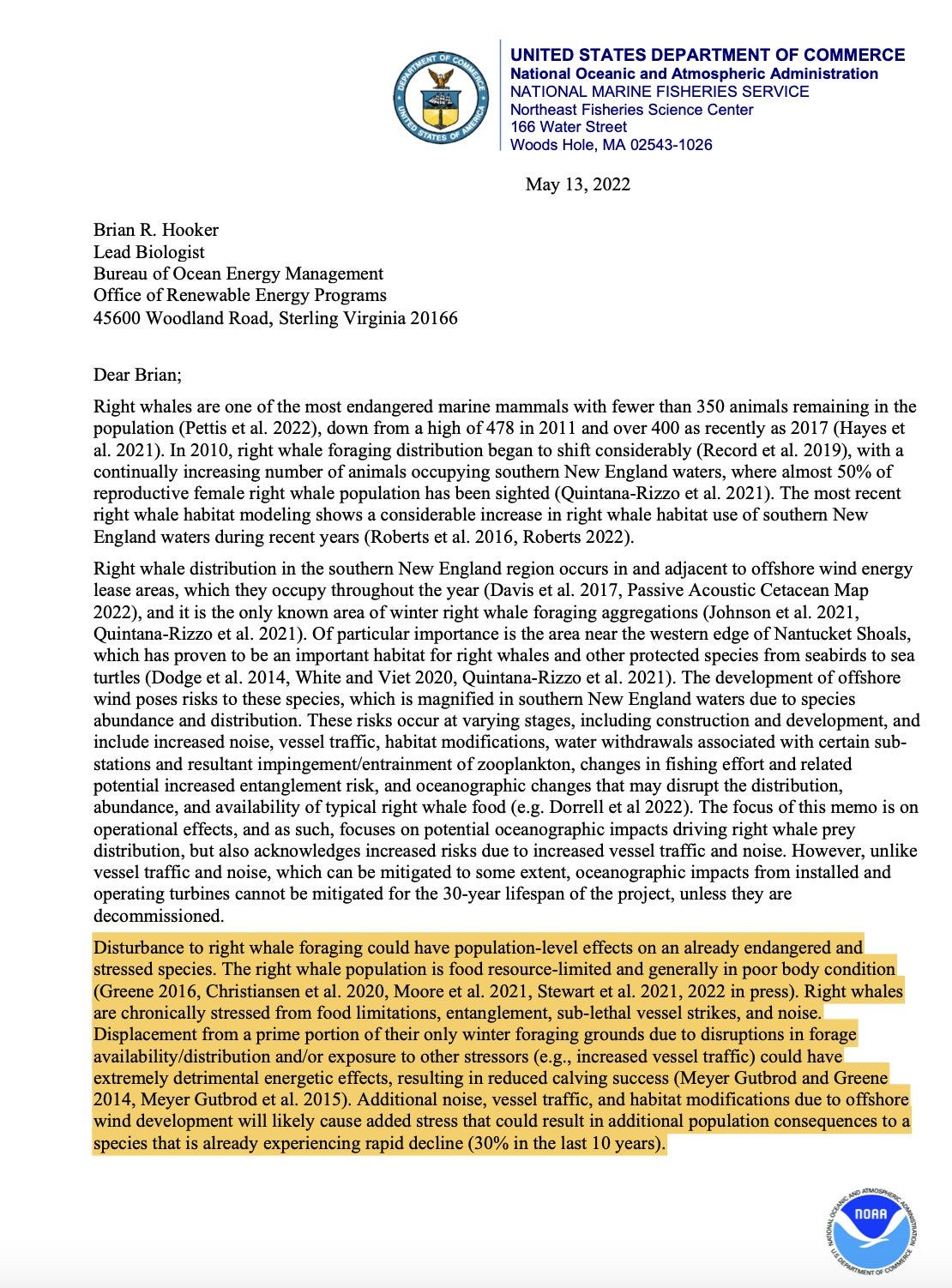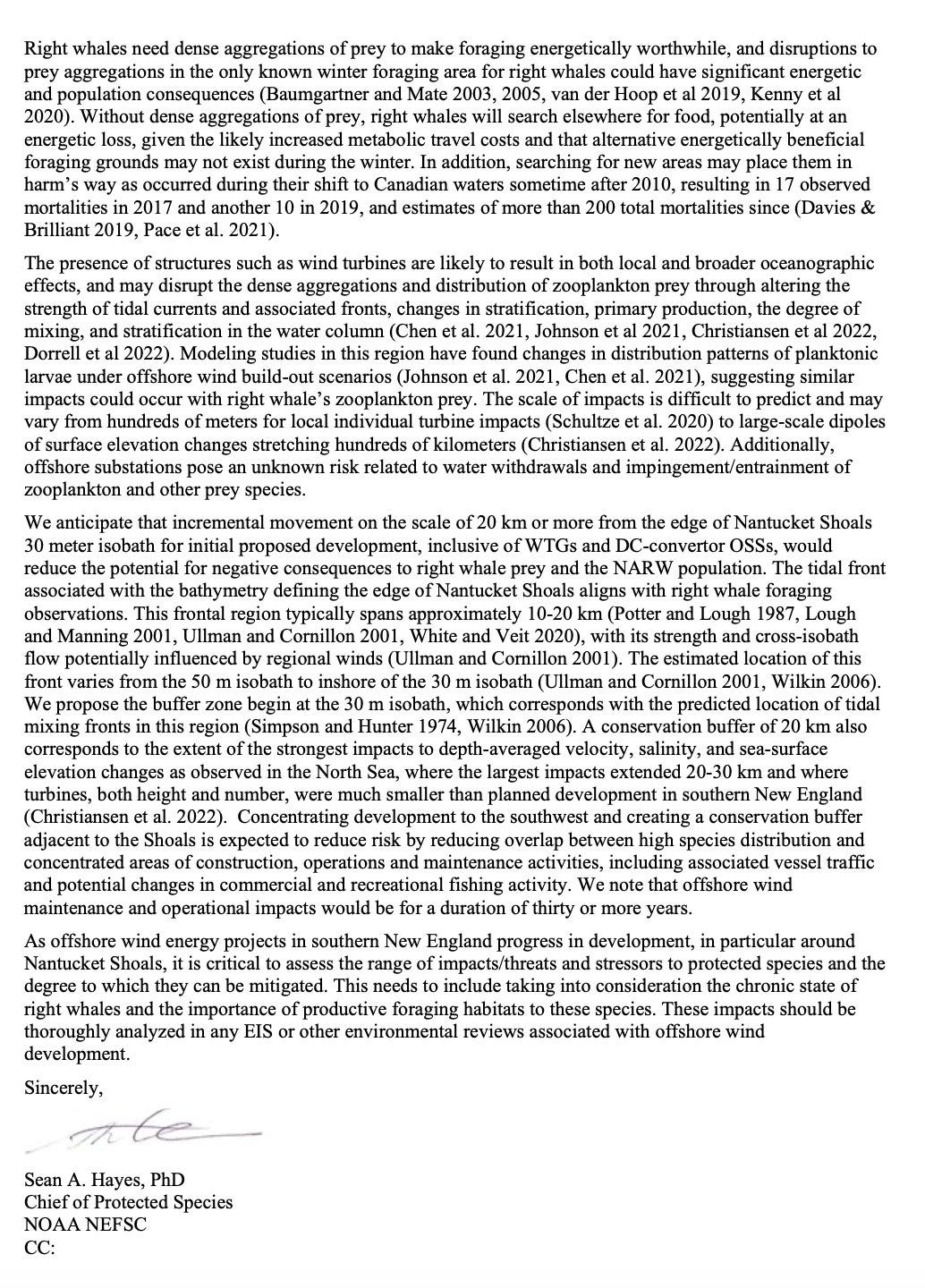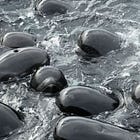"Save the Whales, Again" by Leighton Woodhouse & Michael Shellenberger
"Watch the trailer for Public's upcoming documentary revealing the wind energy industry's darkest secret"
The “Save the Whales” campaign evokes memories of my childhood when my father brought back with him from a trip to the Cayman Islands what must have been one of the original Greenpeace “Save the Whales” t-shirts in the early ‘80s. Sadly, I haven’t been a fan of Greenpeace since I became aware of the organisation being captured by the green-washing industry a number of years ago.
It was absolutely heartbreaking doing research for the blog I published a couple of weeks ago about the beautiful whales beaching and dying onshore in Scotland, Australia, New Zealand and elsewhere around the world, quite possibly as a result of sonar, radar and other equipment used by offshore wind developers and/or the military.
I am grateful to Michael Shellenberger, Leighton Woodhouse and their team for announcing their new project announced in the following post.
We absolutely must do everything we possibly can to protect the whales from any further unnatural deaths.
Save the Whales, Again
Watch the trailer for Public's upcoming documentary revealing the wind energy industry's darkest secret
By Leighton Woodhouse and Michael Shellenberger • 12 August 2023
Public is proud to release the trailer to our first full-fledged, 30-minute documentary, coming soon.
When the two of us were little kids in the 1970s, the environmental movement was in its infancy. Like anyone who was alive in those years, we have vivid memories of the movement’s most famous and powerful rallying cry: Save the Whales. The phrase was much more than a slogan: it was in those years that a handful of Greenpeace activists captured the world’s attention when they put their bodies between Russian harpooners and the whales they were aiming to kill. Only an animal that majestic could inspire such courage.
The global campaign to stop the whaling industry was a stunning success. Whale species that teetered on the precipice of extinction, such as the humpback, bounced back. In 1982, 25 countries signed an international treaty to ban commercial whaling. More than three times that number now adhere to the ban, and the three countries that still practice commercial whaling do so in ignominy.
But today, whales are once again under threat. Only this time, it isn’t whale hunters who are killing them. Instead, it’s the favored industry of the environmental movement itself: wind energy.
On the East Coast, dead whales are washing up on beaches from North Carolina to New England practically every week. Some of them are the critically endangered North Atlantic Right Whale, of which only about 340 are left on the entire planet. Government agencies and NGOs claim that the whale deaths have nothing to do with the dozens of ships surveying the waters off New England and New Jersey in preparation for wind turbine construction, blasting the sea floor with sounds as loud as high-powered weapons, 24 hours a day. But the government hasn’t actually undertaken the studies necessary to show whether or not that’s the case.
The scientists and activists who appear in our film, by contrast, have done precisely that. Public will release their findings soon.
The environmental movement once adhered to “the precautionary principle,” according to which, if a new practice or technology carries unknown risks, we should abstain from implementing them until they can be shown to be safe. Environmentalists have opposed thousands of development projects on this basis, including a Gulf of Mexico oil exploration project that threatens a critically endangered whale. But since the religion of climate alarmism has crowded out every other environmental concern, this principle does not extend to the wind energy industry. When it comes to wind farms, the principle seems to be to plow forward unless and until there is incontrovertible proof of acute harm to wildlife — by which point, of course, it’s too late. When it comes to wind energy, the philosophy animating today’s environmental movement is no different from the one the oil companies espouse when they want to drill holes in the sea floor or lay pipelines in the earth.
The difference between the environmental movement’s approach to wind energy and its approach to any other development project is easy to explain: in addition to its ideological myopia around renewable energies, there’s a boatload of money in it. The very same environmental groups that promote offshore wind and deny the industry’s contribution to mass whale deaths take contributions from the companies constructing those wind farms. Last April, the Save Right Whales coalition put together a report following the wind money.
Public’s documentary filmmaker Jonah Markowitz has been following this story for months. We’re beyond excited to release his film in the coming days. We’re certain you’ll be as excited as we are after you watch his trailer.
This is some further information which Michael posted on Twitter/X, 12 August 2023:
Industrial wind projects “could have population-level effects on an already endangered and stressed species,” warned a top US government (NOAA) scientist last year.
"Population-level effects" include extinction.The scientist warned that "oceanographic impacts from installed and operating turbines cannot be mitigated for the 30-year lifespan of the project unless they are decommissioned."
See source for references at pages 3 and 4 of the letter.
Under pressure from the White House, the US government has ignored its top scientist and pushed forward to industrialize the oceans and risk the extinction of the North Atlantic Right Whale.
Speaking of organisational capture, see Michael’s tweet • 12 August 2023:
Wind energy companies and their foundations have donated nearly $4.7 million to at least three dozen donations to major environmental organizations. Linowes has made public a report and a database documenting the conflicts-of-interest she discovered.
— The National Fish and Wildlife Foundation, a granting organization, took up to $1 million from wind energy companies Avangrid and Shell, and then distributed it to other environmental groups. In August 2020, the National Audubon Society received a $200,000 grant from the New England Forest and Rivers Fund.
— The same year, the Nature Conservancy received a $165,218 grant from the New England Forest and Rivers Fund. The Nature Conservancy has supported offshore wind since at least 2021.
— NJ Audubon has partnered with wind farm developer Atlantic Shores, a joint venture between Shell Oil and EDF Renewables. Ocean Wind, another wind energy developer, has sponsored NJ Audubon’s World Series of Birding event multiple times. The wind industry has also made hefty donations to scientific organizations:
— Woods Hole Oceanographic Institute received a donation of $500,000 from Ørsted in or after 2018. Woods Hole has endorsed offshore wind since at least 2019.
— The New England Aquarium received a donation pledge of $250,000 in 2018 from Bay State Wind. In 2019, Vineyard Wind donated an undisclosed amount to the Aquarium. Similarly, in 2020 offshore wind developer Equinor, was cited as a donor in the Aquarium’s annual report. The Aquarium has supported offshore wind since at least 2021.
— In October 2020, Mystic Aquarium featured an exhibit promoting offshore wind. In June 2021, Ørsted and Revolution Wind donated $1,250,000 to Mystic Aquarium to create new pro-offshore wind exhibits, but also to research the effects of offshore wind turbines on marine mammals and sea turtles.
10:30 PM · Aug 12, 2023 • 53.3K Views
Scientists representing many of the same environmental groups supporting the industrial wind energy projects wrote in a 2021 letter that “the North Atlantic right whale population cannot withstand any additional stressors; any potential interruption of foraging behavior may lead to population-level effects and is of critical concern.”
10:31 PM · Aug 12, 2023 • 47.4K Views
The amazing sentient beings that are whales absolutely must be protected from the dark side of humans and their activities, including industrial offshore wind turbine developments.
Please share Public’s original post:
Also see my previous post about the recent deaths of whales. Please note that I did not include any information about the tragic Right Whale deaths along the east coast of the U.S. in my previous blog as I felt it deserved a separate post.
I did however include information about the impact of sound and sonar upon whales, dolphins and other marine creatures










